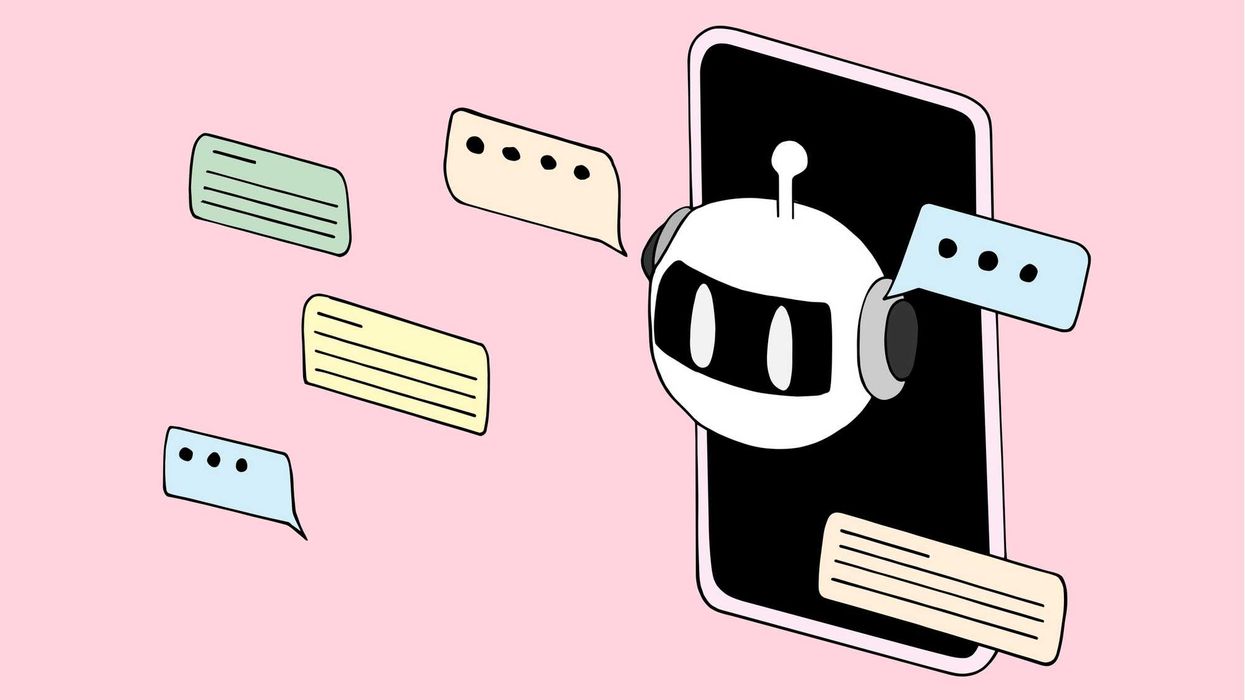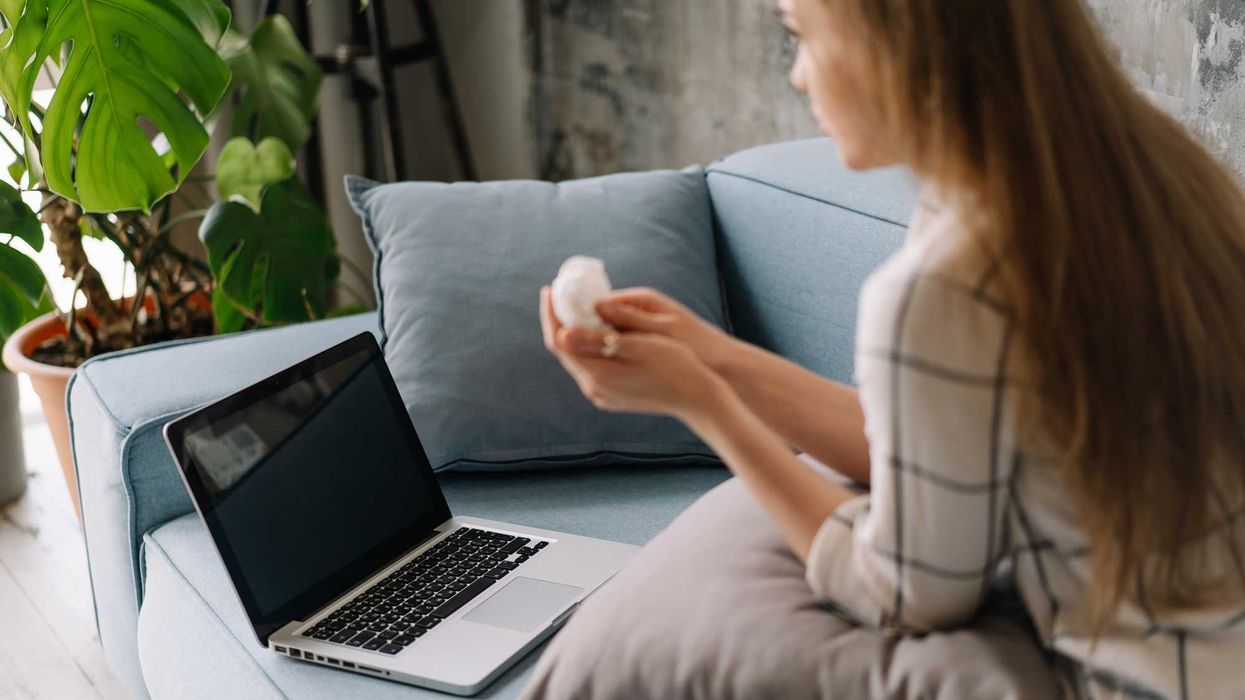Suzette Brooks Masters is a strategist, thought leader and philanthropic advisor. She recently published Imagining Better Futures for American Democracy.
We suffer from a lack of collective imagination about what America’s possible futures could be. There are many reasons for this, including rampant short-termism and crisis thinking, which make it hard to look beyond the current moment and think expansively. But our deep distrust of one another and the reduced legitimacy of many of our key societal institutions – such as government and elections – make imagining shared futures for all of us, not just some of us, even more elusive.
Elections heighten our differences, not what we share.
Most Americans only pay attention to policy issues and what they could mean for them, now and in the future, during election seasons. The problem is that elections don’t bring out the best in us.
During election seasons, representatives of two opposing teams, or members of the same team, are battling it out, emphasizing their points of difference rather than agreement. Candidates, political parties and PACs bombard the public with attack ads and the media covers campaigns like it does sports, with conflict-driven stories designed to attract eyeballs and amplify drama.
In this environment, it’s not surprising that a pernicious type of polarization is on the rise in the U.S. that makes people feel an affinity for members of their “in group” and hatred for a perceived “other” or “out group.” This can fuel fears that any victory by the opposing group or political party poses an existential threat.
The frequency of American elections and the unprecedented resources spent on them – in the tens of billions – further magnify these societally adverse impacts.
Regrettably, elections don’t offer American voters a chance to zoom out and understand what the amalgam of short term policy platforms means for themselves and for future generations of Americans.
Americans don’t have enough opportunities to build and imagine shared futures together.
As more Americans retreat to tribal bubbles and sort themselves into increasingly ideologically homogeneous communities or neighborhoods, what can counter the pervasive “othering” that peaks during election seasons? What experiences allow people to see the subtle grays rather than only black or white—to solve common problems together, and to realize that they agree on the most basic things they want for their families and communities now, and especially in the future?
Recent research I conducted on how diverse people imagine hopeful futures showed surprising alignment and convergence around a few fundamental aspirations: opportunity to thrive regardless of who you are and the circumstances you’re born into, safety, fairness, and a sustainable and livable planet. Admittedly, agreeing on broad end goals does not mean agreement on priorities, sequencing, tradeoffs or process. But sharing long term-goals is an important precondition for building preferred futures and one the public rarely has a chance to develop with fellow Americans.
How to normalize longer-term thinking in civics, politics and governance.
How different would campaigns feel if voters had a chance to hear each candidate paint a picture of what life could be like a generation from now if their policies or platforms came to fruition?
Wouldn’t it be instructive for politicians to describe what kind of work would be available, how people would get around, what the air quality would be like, what children would be learning in school, what the social safety net would protect, what the state of wealth inequality would be and how people would interact with technology in 2050?
The added benefit of socializing this type of aspirational speculative fiction as a part of what’s expected of political candidates is that it would force them to stretch their own imagination muscles. What if they had to actually think through the implications of their policy choices and tradeoffs, and to imagine life for current and future generations? To render these narratives even more viscerally and tangibly, campaigns could also use AI, VR and worldbuilding techniques to create interactive or immersive experiences embodying those narratives.
Normalizing practices of visioning about where our society could and should be heading and how life could and should be lived is crucially important today. We are living through a time of epochal upheaval and transformation in which we can see our collective limits clearly and need to imagine how to transcend them. How can we manage change more transparently and productively to give our society the best possible chance to usher in better futures, or futures at all?
Short of hosting speculative fiction policy fora for candidates like the ones described above and making them de rigueur, there is so much more our news media and civic institutions can do to ask this of our current and aspiring leaders. In fact, they could ask questions today in ways that elicit thoughtful responses about what the future could look like for current voters and generations to come. These types of questions can populate media interviews, debates, town halls, and a variety of topical symposia, for starters. Furthermore, outside of campaigning, new norms can be instituted to demand the same visioning and stretch thinking by the government in dialogue with members of the public.
The American public and candidates for public office need to dream bigger about what America could become in the future. Let’s start with asking the right questions.




















